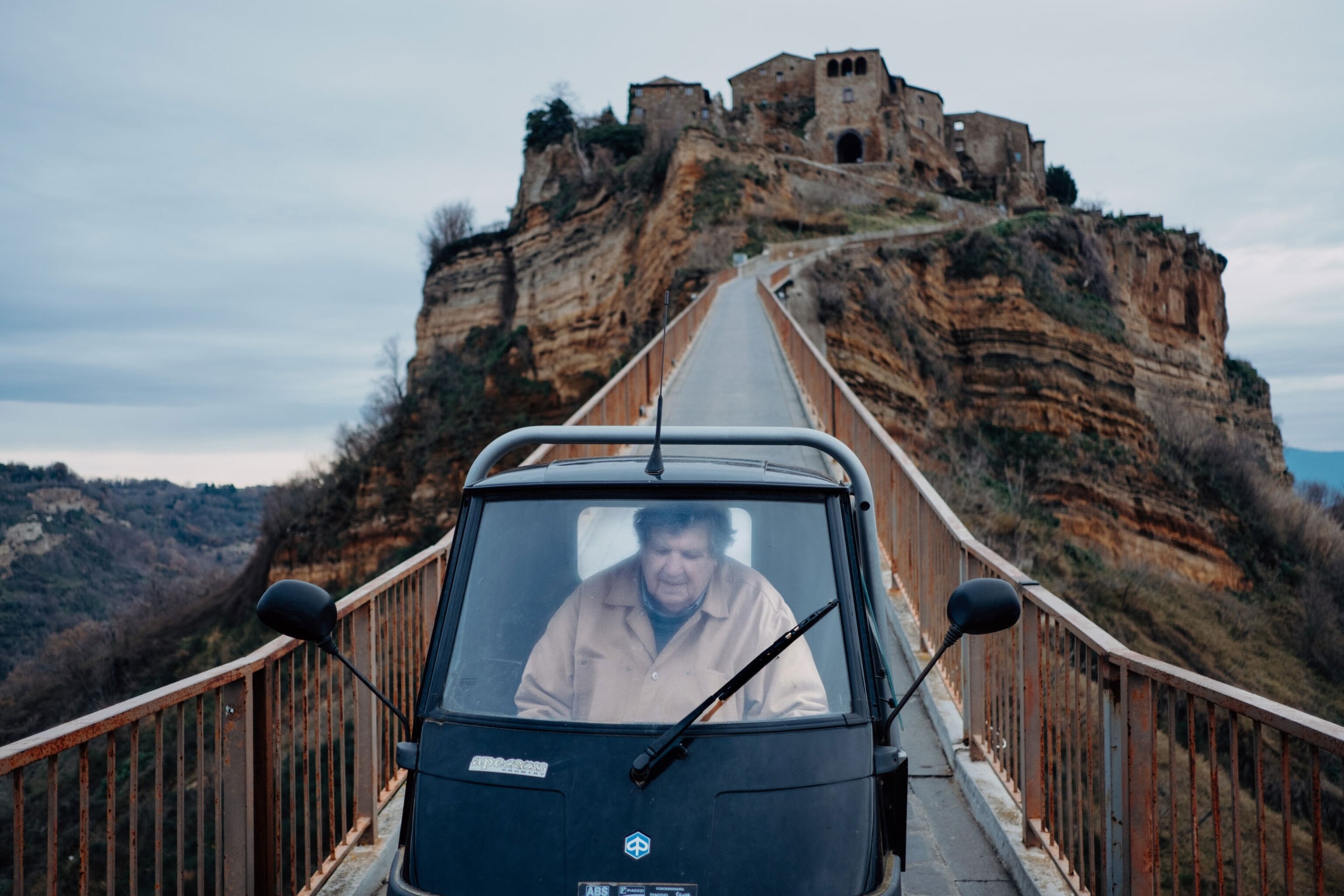
Should a horrible past be exhumed?
By Debra Adams Simmons, HISTORY Executive Editor
In an extraordinary act to unearth the past, city officials in Tulsa, Oklahoma, have ordered a search for mass graves. The excavation will come nearly 99 years after a 1921 Tulsa Race Massacre (above) left more than 300 black people dead in an area known as Black Wall Street.
Black businessman O.W. Gurley purchased 40 acres of land in Oklahoma and in 1906 developed the vibrant district that was considered one of the most affluent black areas in the U.S. On May 31 and June 1, 1921, an angry white mob attacked, murdering blacks, destroying businesses and burning homes to the ground.
“It was a tragic, infamous moment in Oklahoma and the nation’s history, the worst civil disturbance since the Civil War,” wrote then-Oklahoma state Rep. Don Ross in a 1998 report on the massacre.
The limited excavation in Oaklawn Cemetery, which will begin in April, is the first step in the pursuit of justice for the people who were killed—and their descendants who lost everything in the fires of the massacre, says writer DeNeen Brown, who has been covering the unfolding story. Some say the city of Tulsa is culpable in the massacre because it deputized white citizens, armed them and then stood aside as black people were shot in cold blood, Brown says. Their houses were leveled by turpentine bombs dropped from airplanes, making Tulsa the first U.S. city ever bombed by air.
Plans to dig for mass graves where survivors say bodies were dumped has divided the community. Brown told me that some Tulsa residents believe uncovering mass graves is long overdue in a city haunted by the massacre. Others residents are angry that the city is digging up the past. They argue that no matter how horrific the massacre, Tulsa cannot change its history and should just move on.
The hit HBO series Watchmen re-created the horror in its first episode last year. The show's creator, Damon Lindelof, was enraged after first reading about the massacre in The Case for Reparations by Ta-Nehisi Coates.
“I was 43 or 44, and I wondered how could it be that I’ve never heard about this. Then I read more, and I said Tulsa was the right place to set the show,” Lindelof told the Tulsa World.
The past had been buried long enough.
Do you get this newsletter daily? If not, sign up here or forward to a friend.
Your Instagram photo of the day

Keep calm and stand: Over the years, blasted by lightning or simply toppling over in their senescence, the oaks at Blenheim Palace, near Oxford, England, seem like ancient pachyderms or baobabs clinging to the edge of life. Photographer Simon Norfolk believes these oaks stand "as metaphors for the great arc of the British Empire's rise and fall."
Are you one of our 130 million Instagram followers? (If not, follow us now.)
Today in a minute
Pardoned, 33 years after his death: Bayard Rustin, who helped organize the Montgomery Bus Boycott and the March on Washington, had been convicted in 1953 of “vagrancy,” a law that was long used to prosecute LGBTQ people. The pardon was one of several announced by California Governor Gavin Newsom to overturn historic prosecutions of people for being gay, the Guardian reports.
Related: Here are snapshots of African American heroes from Shirley Chisholm to Benjamin O. Davis, Jr., from Sojourner Truth to Ida B. Wells. The portraits were written for Nat Geo Kids, but accessible to all.
United to win: Until 490 B.C., the Persian Empire had been unstoppable. That’s when Athens united with other Greek forces to upset the empire in Marathon. Carrying wooden shields to defend themselves and fellow soldiers, the Greek warriors’ keys to success were their cohesion and unity, Nat Geo’s History magazine recounts.
And they’re buying a stairway invention: Some call it the Stairway to Nowhere. But the StairMaster has a colorful history, Smithsonian reports. It began when an entrepreneur looking to get out of the oil business bought a car from an Air Force vet with an idea: The vet was trying to re-create the cardio benefits of his former fourth-floor walkup apartment in Italy without the joint strain from descending the stairs. The resulting machine became a centerpiece of the booming health club business—and became a gym fixture for more than three decades.
A few words
One must think like a hero to behave like a merely decent human being.May Sarton, Poet, novelist, memoirist
Did a friend forward this to you?
Come back tomorrow for George Stone on travel. If you’re not a subscriber, sign up here to also get Victoria Jaggard on science, Rachael Bale on animal news, and Whitney Johnson on photography.
The last glimpse

Tumbling: The plateau-top Italian village of Civita di Bagnoregio is disappearing. Every year, seven centimeters of land tumbles into the ravine and only seven people still call the place home. Its ruins, views, and threatened demise, however, attracted one million tourists last year. “With the influx of people, money, and interest, some locals are hoping the town can be saved,” Sydney Combs reports for Nat Geo.
Read: Can tourism save Italy’s dying town